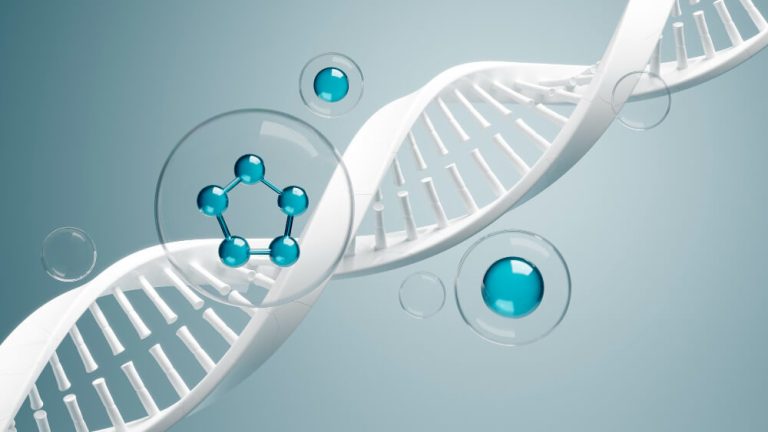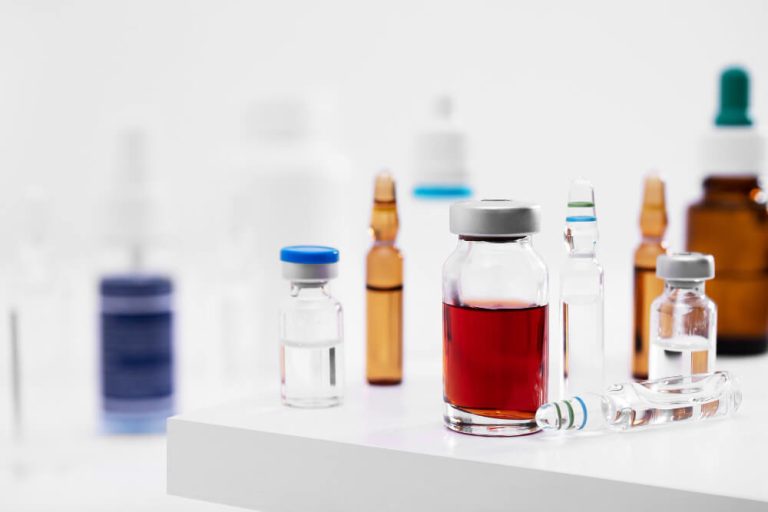The Ultimate Guide to a Thriving Gut: Unlocking Whole-Body Wellness
For decades, we viewed the digestive system as a simple processing plant for food. We thought its only job was to take in nutrients and expel waste. We now know this view is incredibly limited. Your gut is a bustling, intelligent ecosystem that influences nearly every aspect of your physical and mental well-being, from your mood to your immune system.
At the very heart of this system is your gut microbiome, a complex community of trillions of microorganisms. This internal garden, when properly cared for, is the foundation of a vibrant life. Nurturing your gut health is one of the most powerful steps you can take to enhance your vitality and longevity. Understanding how it works is the first step on this transformative journey.
This guide will explore the fascinating world inside you. We will uncover what a healthy gut looks like, the signs that things might be out of balance, and the practical, science-backed strategies you can use to cultivate a thriving internal ecosystem. Your path to better health truly begins in your gut.
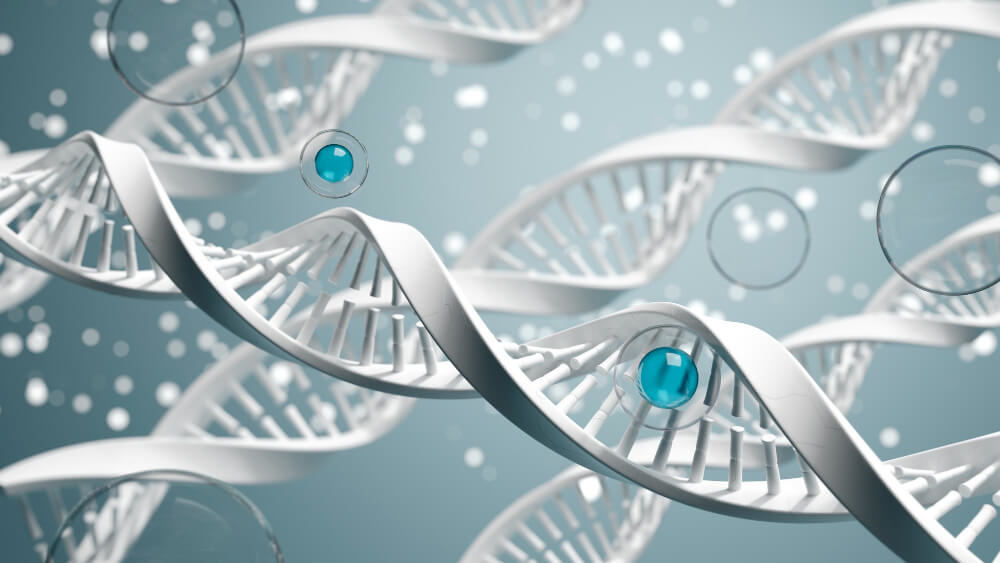
What Is the Gut Microbiome?
Imagine a microscopic metropolis living inside your large intestine. This city is populated by trillions of residents, including bacteria, viruses, fungi, and other microbes. This entire community is collectively known as your gut microbiome. Each person’s microbiome is unique, like a fingerprint, shaped by genetics, diet, lifestyle, and environment from the moment you are born.
These tiny organisms are not just passive passengers. They perform critical functions that your body cannot do on its own. They help digest certain foods, particularly fiber, and in the process, they produce essential vitamins and other health-promoting compounds. They also play a vital role in training and regulating your immune system, teaching it to distinguish between friend and foe.
Think of it as a symbiotic relationship. You provide these microbes with a warm, nutrient-rich place to live. In return, they work tirelessly to keep you healthy. A balanced and diverse microbiome is a cornerstone of good health, while an imbalanced one can contribute to a wide range of health issues.
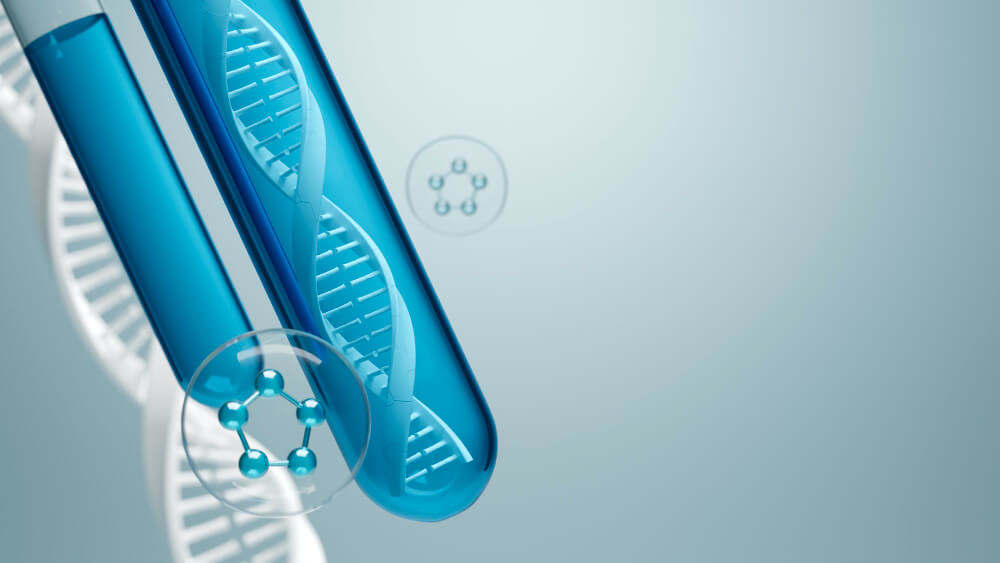
How does this ‘second brain’ work?
The term ‘second brain’ is often used to describe the gut, and for good reason. The gut contains an extensive network of neurons known as the enteric nervous system. This system is so complex that it can operate independently of the central nervous system, which consists of the brain and spinal cord. It manages the intricate processes of digestion, from muscle contractions to fluid secretion, all on its own.
But the connection runs much deeper. The gut and the brain are in constant communication through a pathway called the gut-brain axis. This bidirectional highway uses neural, hormonal, and immune signals to send messages back and forth. This dialogue means that what happens in your gut can directly affect your brain, and vice versa.
Have you ever felt ‘butterflies’ in your stomach when nervous or a ‘gut-wrenching’ feeling during a sad moment? That is the gut-brain axis in action. Chronic stress can negatively impact your gut bacteria, and conversely, an unhealthy gut can send signals to the brain that contribute to feelings of anxiety or depression. Nurturing your gut is therefore a powerful way to support your mental and emotional well-being.

Why is a diverse microbiome so important?
In any ecosystem, diversity leads to stability and resilience. The same is true for your gut microbiome. A rich and varied community of different microbial species is considered a hallmark of a healthy gut. Each species has unique skills and performs different functions, so having a wide array of them ensures your internal ecosystem can handle various challenges.
A diverse microbiome is more robust. It can better resist colonization by harmful pathogens, bounce back more quickly after a disruption like a course of antibiotics, and perform its wide range of functions more effectively. Think of it like a well-rounded team where every player has a specific role, making the entire team stronger and more adaptable.
Conversely, a loss of diversity, often called dysbiosis, can leave the gut vulnerable. It creates a less stable environment where opportunistic or harmful bacteria can overgrow. This imbalance is linked to numerous health problems, emphasizing the need to cultivate a rich and varied microbial community through your daily choices.

How Do You Know If Your Gut Is Unhealthy?
Your body often sends clear signals when your gut microbiome is out of balance. The most obvious signs are related to digestion. Frequent gas, bloating, constipation, diarrhea, and heartburn are classic indicators that something is amiss in your gastrointestinal tract. While occasional digestive upset is normal, persistent symptoms warrant attention.
These symptoms often arise because an imbalanced gut struggles to process food and eliminate waste efficiently. An overgrowth of certain gas-producing microbes, a lack of beneficial bacteria to aid digestion, or inflammation in the gut lining can all contribute to this discomfort. Paying attention to these digestive clues is the first step in identifying a potential gut health issue.
It is important to remember that these are just signals. They are your body’s way of telling you that your internal ecosystem may need support. Ignoring them can sometimes lead to more significant problems down the line, so it is wise to listen to what your gut is telling you.
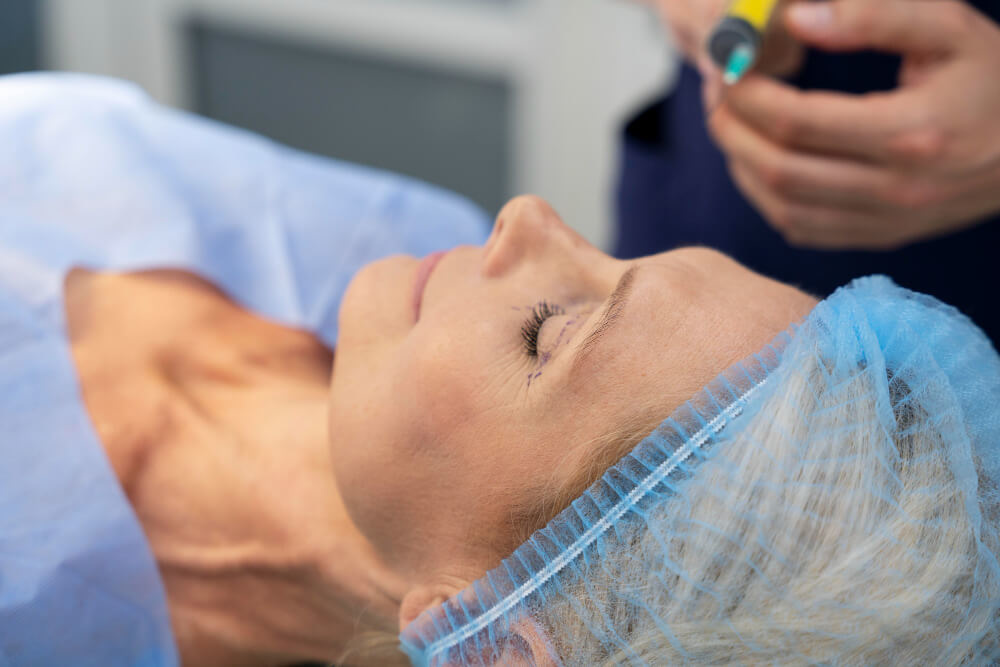
Can gut health affect more than just my stomach?
Absolutely. The influence of your gut extends far beyond the digestive system. Because the microbiome is so deeply connected to other bodily systems, an imbalance can manifest in ways that seem completely unrelated to your stomach. Recognizing these less obvious signs is key to understanding the holistic nature of gut health.
Unexplained fatigue is a common symptom. Your gut bacteria are involved in energy production and nutrient absorption, including B vitamins. If this process is inefficient, you might feel constantly tired. Skin issues like eczema, psoriasis, acne, and rosacea have also been linked to gut inflammation, a condition often referred to as the gut-skin axis.
Other potential signs of dysbiosis include frequent unintentional weight changes, autoimmune conditions, and new or worsening food intolerances. The development of sensitivities to foods you previously ate without issue can indicate that your gut lining has become compromised. As leading institutions like Harvard Medical School highlights, a healthy gut is central to overall health, and its disruption can have far-reaching effects.
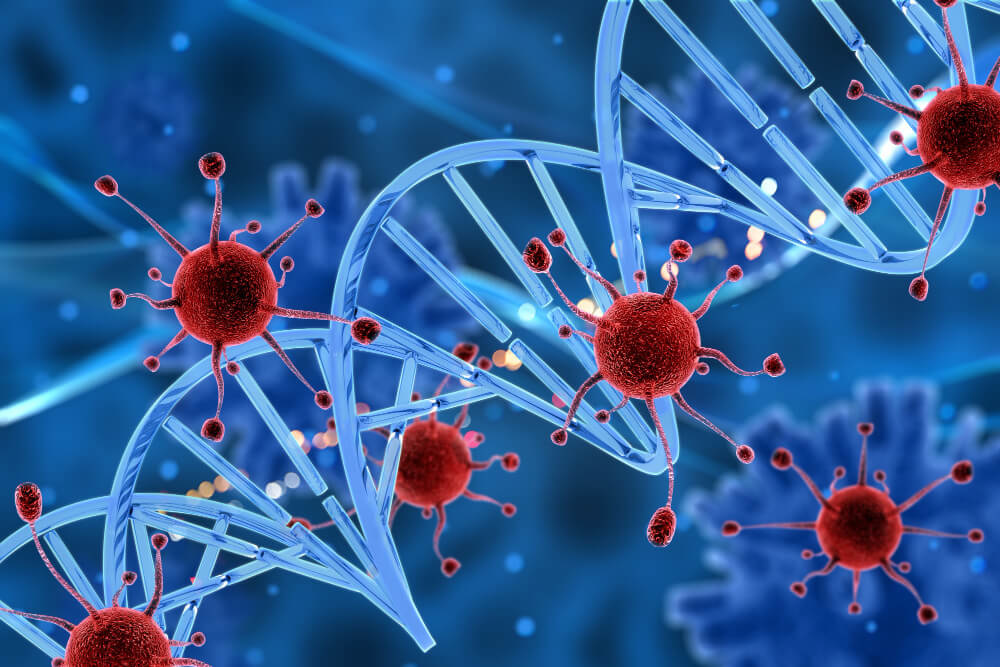
What Foods Should You Eat for a Healthy Gut?
Diet is arguably the most powerful tool you have for shaping your gut microbiome. The food you eat directly feeds the trillions of microbes living in your gut. By making conscious food choices, you can selectively nourish the beneficial bacteria and help them thrive, creating a more balanced and resilient internal ecosystem.
The foundation of a gut-friendly diet is variety and a focus on whole, unprocessed foods. Colorful fruits and vegetables, whole grains, legumes, nuts, and seeds provide the fiber and nutrients that your good gut bugs love. Aiming to ‘eat the rainbow’ ensures you get a wide range of plant compounds, each of which can benefit different types of healthy bacteria.
Conversely, a diet high in processed foods, sugar, and unhealthy fats can feed the less desirable microbes, allowing them to proliferate and disrupt the delicate balance of your gut. Small, consistent changes toward a more plant-rich, whole-foods diet can make a significant difference over time.

What are prebiotics and where can you find them?
Prebiotics are a special type of dietary fiber that your body cannot digest. Instead of being broken down in the small intestine, they travel to the large intestine, where they become a primary food source for your beneficial gut bacteria. Think of prebiotics as fertilizer for your internal garden, helping the good microbes grow and flourish.
When your gut bacteria feast on prebiotic fibers, they ferment them. This process is incredibly beneficial because it produces various health-promoting compounds. The most important of these are short-chain fatty acids, or SCFAs. These molecules are a major source of energy for the cells lining your colon and have powerful anti-inflammatory effects throughout the body.
You can easily incorporate prebiotics into your diet. They are found in a variety of plant foods, including garlic, onions, leeks, asparagus, Jerusalem artichokes, chicory root, and slightly under-ripe bananas. Including a range of these foods in your regular meals is a fantastic way to ensure your beneficial bacteria are well-fed.
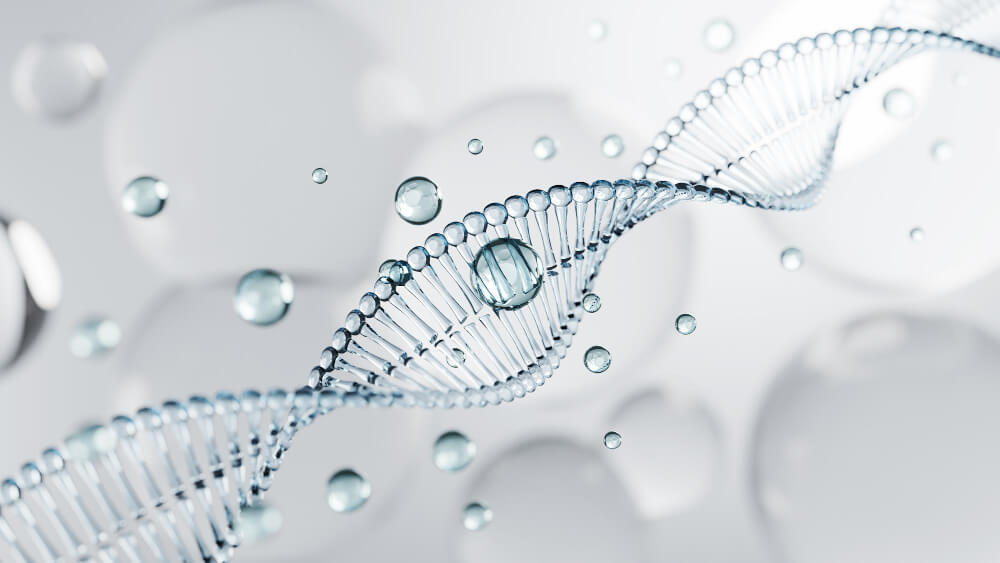
What about probiotics?
If prebiotics are the fertilizer, probiotics are the seeds. Probiotics are live, beneficial microorganisms that, when consumed in adequate amounts, can provide a health benefit. They are essentially reinforcements for your existing gut community, helping to maintain or improve the population of good bacteria.
These live organisms are found in fermented foods, where bacteria or yeast have been used to preserve them. Some of the best food sources of probiotics include yogurt with live active cultures, kefir, sauerkraut, kimchi, kombucha, and miso. It is important to choose unpasteurized versions when possible, as pasteurization kills the live bacteria. For those seeking clear, consumer-friendly information, The International Scientific Association for Probiotics and Prebiotics is an excellent resource.
While fermented foods are a great way to get probiotics, supplements are also an option, particularly after a course of antibiotics or for specific health concerns. However, it is important to remember that not all probiotics are the same. Different strains have different effects, so what works for one person may not work for another.
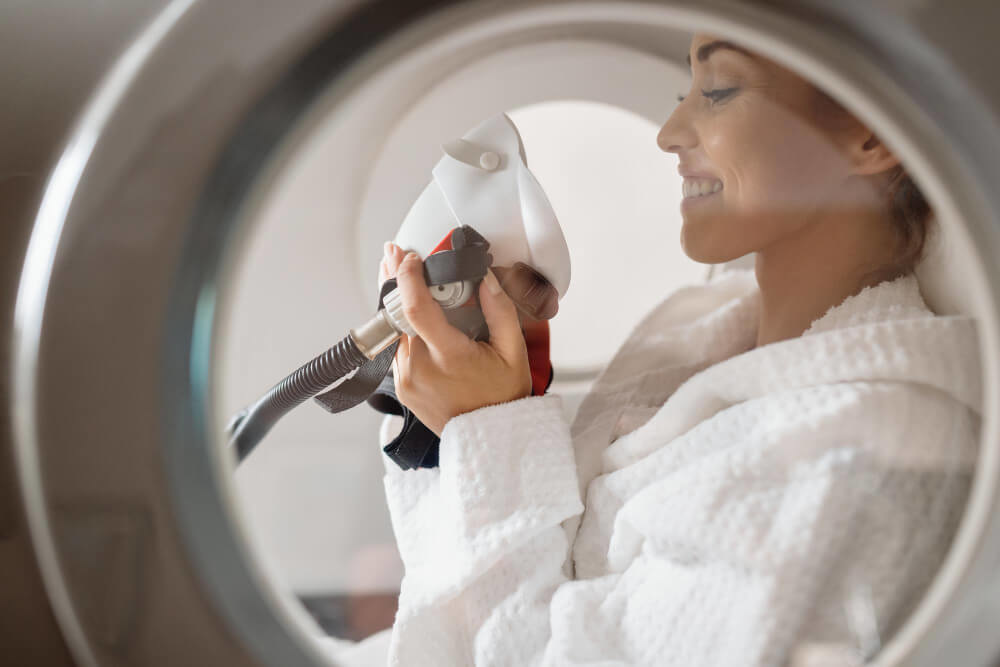
Are there other important nutrients for the gut?
Beyond prebiotics and probiotics, other dietary components play a crucial role in gut health. Polyphenols are a group of compounds found in plants that give them their vibrant colors. They are abundant in berries, dark chocolate, red wine, green tea, and olive oil. While only a small fraction are absorbed directly, the majority travel to the colon, where they are metabolized by gut bacteria, exerting both prebiotic and antimicrobial effects.
Omega-3 fatty acids, found in fatty fish like salmon, mackerel, and sardines, as well as in flaxseeds and walnuts, are known for their anti-inflammatory properties. They can help reduce inflammation in the gut and support the integrity of the gut lining, contributing to a healthier environment for your microbiome.
Furthermore, the fermentation of fiber by gut bacteria produces incredibly valuable byproducts. The therapeutic importance of short-chain fatty acids like butyrate, acetate, and propionate cannot be overstated. They fuel colon cells, strengthen the gut barrier, and influence everything from immune function to metabolism.
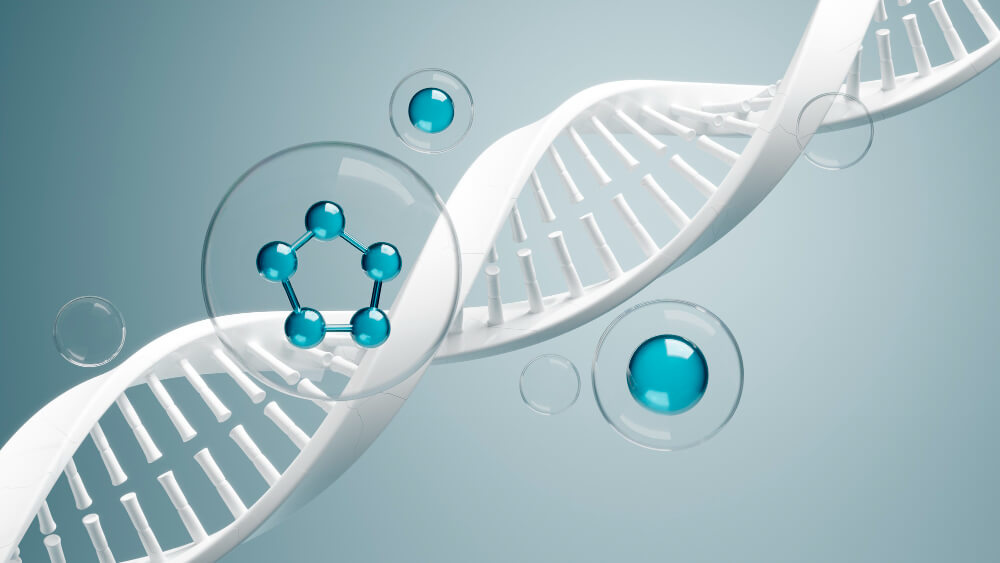
Does More Than Diet Affect Your Gut?
While diet is a primary driver of gut health, it is not the only factor. Your daily lifestyle choices have a profound impact on your microbial community. Stress, sleep, and physical activity all play significant roles in maintaining the delicate balance of your gut ecosystem. A truly holistic approach to gut health must consider these elements.
Your body does not exist in a vacuum. Your mental state, sleep quality, and movement habits all send signals that influence your gut’s environment. For example, the hormones released during stress can directly alter the composition and function of your gut bacteria. Ignoring these lifestyle factors means you are only addressing part of the puzzle.
By managing stress, prioritizing sleep, and engaging in regular exercise, you create a supportive environment for your gut microbes to thrive. This comprehensive approach is the key to achieving lasting gut health and overall well-being.

How does stress impact your gut?
Chronic stress is a major enemy of a healthy gut. When you are stressed, your body releases cortisol, the primary stress hormone. This can increase inflammation throughout the body, including in the gut. It can also increase intestinal permeability, a condition often referred to as ‘leaky gut’, where the gut barrier becomes less effective at keeping harmful substances out of the bloodstream.
Stress can also directly alter the composition of your microbiome, reducing its diversity and favoring the growth of less beneficial bacteria. This happens through the gut-brain axis, where the brain sends stress signals that change the gut environment, making it less hospitable for your good bugs. This can create a vicious cycle, as an unhealthy gut can then send signals back to the brain that increase feelings of stress and anxiety.
Implementing stress-management techniques is therefore a non-negotiable part of any gut-healing protocol. Practices like meditation, deep breathing exercises, spending time in nature, and yoga can help lower cortisol levels and create a more favorable environment for your gut microbes. Leading medical centers consistently advise on simple ways to support gut health through lifestyle adjustments.
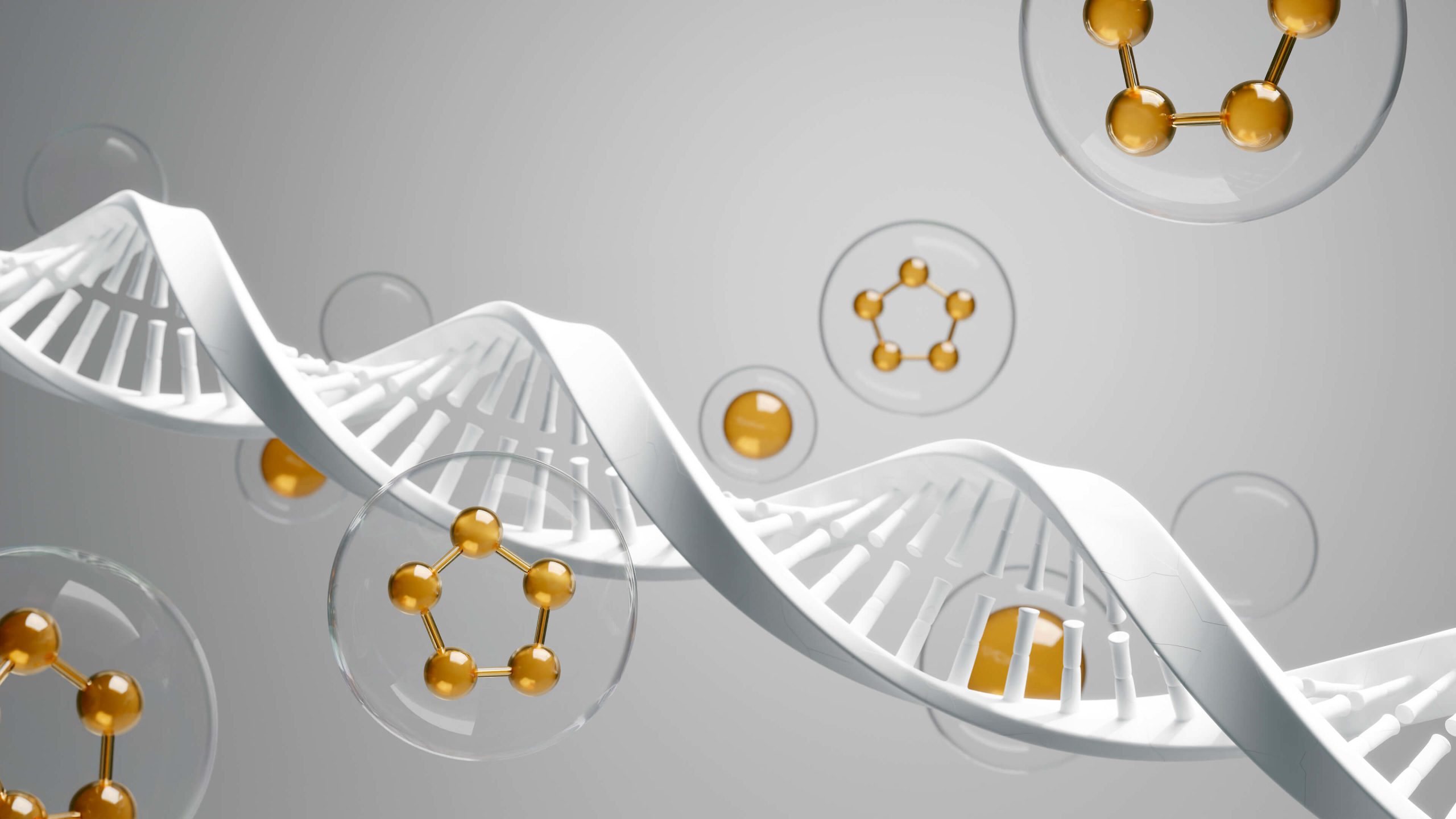
Why is sleep so crucial for digestion?
Sleep is not a passive state. It is a critical period of restoration and repair for your entire body, including your gut. Your gut microbes, like you, appear to have their own circadian rhythms. Disrupting your sleep schedule, for example through shift work or staying up late, can throw these microbial rhythms out of sync, leading to dysbiosis.
Poor sleep has been linked to a decrease in beneficial bacteria and an increase in microbes associated with inflammation and metabolic dysfunction. A lack of quality sleep also acts as a stressor on the body, raising cortisol levels and further impacting the gut barrier and microbiome composition.
Aiming for 7-9 hours of quality sleep per night is essential for gut health. To improve your sleep, establish a regular sleep schedule, create a dark and cool sleeping environment, and avoid screens before bed. Prioritizing sleep is a simple yet powerful way to support your gut’s daily rhythm and function.
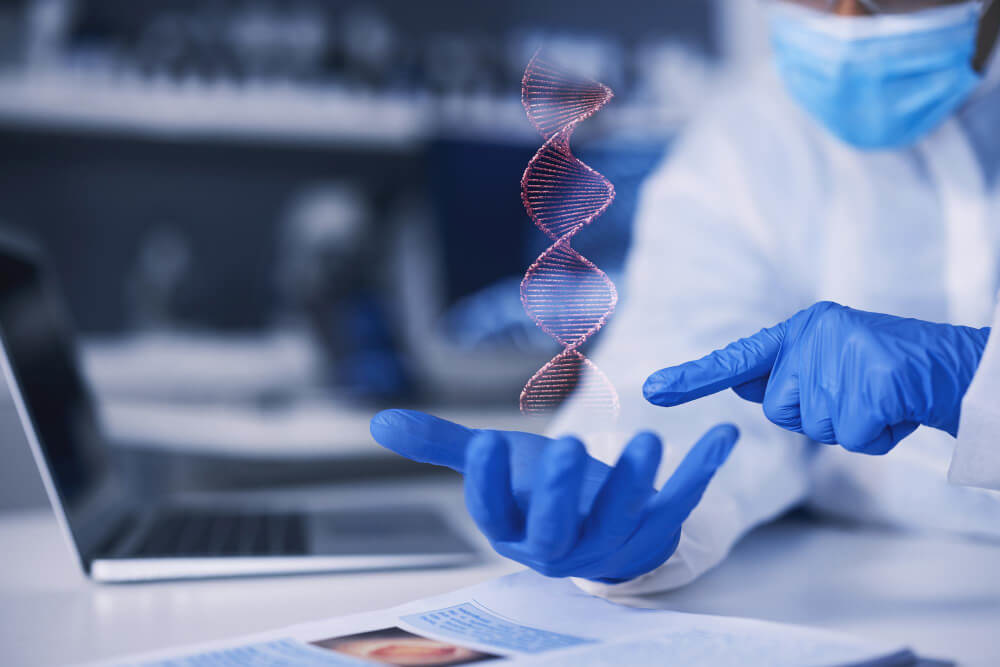
What is the best exercise for gut health?
Regular physical activity is another powerful modulator of the gut microbiome. Exercise has been shown to increase the diversity of gut bacteria and promote the growth of beneficial species, including those that produce the valuable short-chain fatty acid butyrate. It also helps reduce stress and improve sleep, offering additional indirect benefits.
Consistency and moderation are key. You do not need to run a marathon to reap the rewards. Activities like brisk walking, cycling, swimming, or dancing for 30 minutes most days of the week are highly effective. This type of moderate exercise can improve gut transit time, which helps with regularity and reduces bloating.
Interestingly, excessive, high-intensity exercise can sometimes act as a physical stressor and temporarily disrupt the gut, particularly in endurance athletes. The goal is to find a sustainable routine that you enjoy. There are many simple ways to boost your gut health through movement, and finding what works for your body is the most important step.
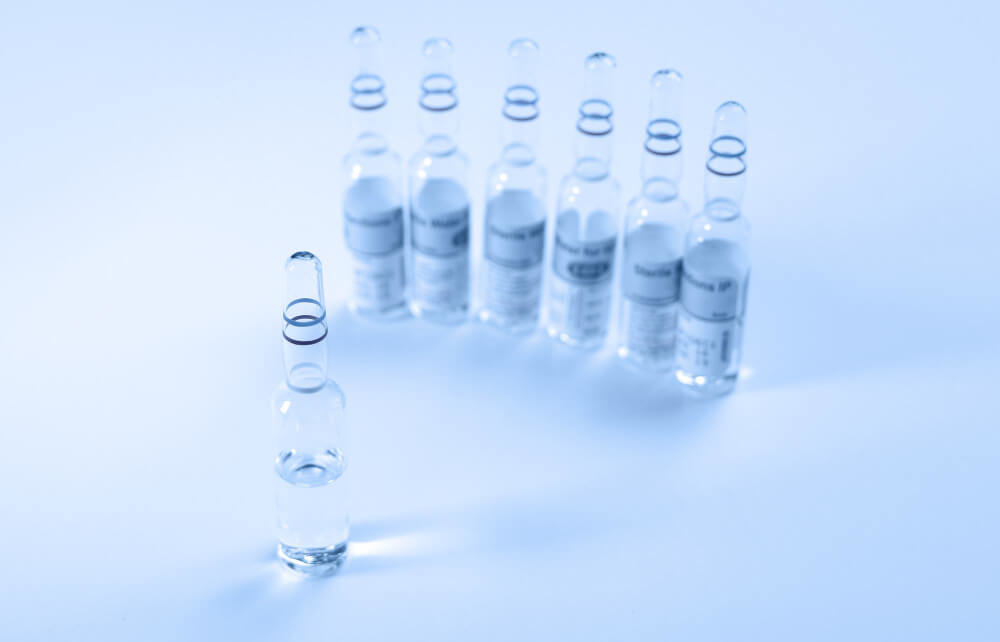
What If Diet and Lifestyle Changes Aren’t Enough?
For many people, focusing on a whole-foods diet, managing stress, prioritizing sleep, and getting regular exercise is enough to significantly improve their gut health. These foundational pillars are essential for everyone. However, for individuals with more complex or long-standing gut issues, a more structured approach may be necessary.
When symptoms persist despite your best efforts, it may be a sign of deeper imbalances that require a targeted strategy. This can include issues like small intestinal bacterial overgrowth (SIBO), significant intestinal permeability, or chronic infections. In these cases, working with a knowledgeable healthcare professional is crucial.
These practitioners can help identify the root causes of your symptoms and guide you through more advanced protocols. They use systematic approaches designed to remove irritants, replenish beneficial bacteria, and repair the gut lining, leading to more profound and lasting healing.
For example, many functional medicine practitioners utilize comprehensive frameworks to address complex gut dysfunction. One well-regarded methodology is The 5R Gut Restoration Program, which systematically addresses the different aspects of gut health, from removing triggers to reinoculating with beneficial microbes.
Furthermore, understanding the gut’s role is becoming central to many areas of medicine. Gut health is a cornerstone of metabolic health, which is a key focus in modern approaches to weight management. As such, insights from programs like bariatric medicine for the non-surgeon highlight how optimizing the gut is critical for achieving and maintaining a healthy weight and overall metabolic balance.
Your gut is the epicenter of your health. By understanding its needs and providing it with the right support through diet, lifestyle, and, when necessary, targeted interventions, you can unlock a new level of well-being. The journey to a healthier you truly starts from within.
Frequently Asked Questions
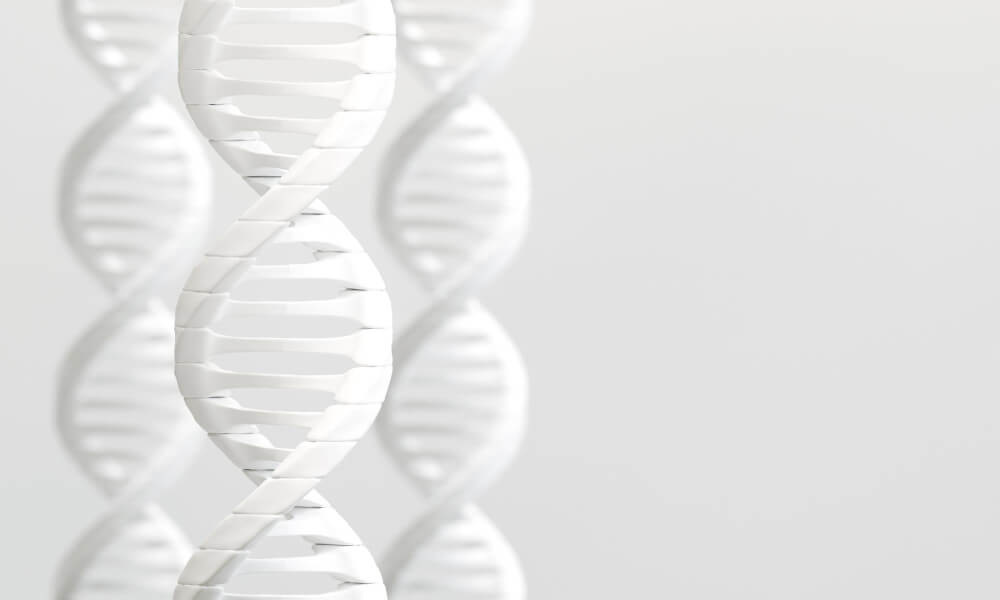
How long does it typically take to see improvements in my skin after starting a gut-health protocol?
The timeline for seeing visible skin improvements can vary significantly from person to person, as it depends on the severity of the skin condition and the degree of gut imbalance. Generally, individuals may begin to notice initial, subtle changes within 4 to 6 weeks of consistently following a targeted protocol. However, more significant and lasting results often take 3 to 6 months to manifest as the gut microbiome rebalances and systemic inflammation decreases.
Patience and consistency are paramount, as healing the gut-skin axis is not an overnight fix. The process involves repairing the gut lining, diversifying beneficial bacteria, and calming the immune response, all of which require time. Remember that skin cells have their own turnover cycle of about 28 days, so changes happening at the gut level today will take time to be reflected on the skin’s surface.

Is it possible for my skin condition to temporarily worsen when I begin a new gut-healing regimen?
Yes, it is possible for some individuals to experience a temporary flare-up of their skin condition when starting a new gut-focused protocol. This phenomenon is often referred to as a "healing crisis" or a Jarisch-Herxheimer reaction, where the elimination of pathogenic bacteria or yeast can release endotoxins faster than the body can clear them. This sudden increase in circulating toxins can trigger an inflammatory response, leading to temporary breakouts, redness, or itching.
While unsettling, this reaction is typically a sign that the protocol is working to rebalance your microbiome. This phase is usually short-lived, lasting from a few days to a couple of weeks. To manage symptoms, ensure you are well-hydrated, support your body’s natural detoxification with adequate rest, and consider introducing new supplements or dietary changes more gradually.

Besides probiotics, what are the most impactful dietary changes for supporting the gut-skin axis?
Incorporating a diverse range of high-fiber, plant-based foods is one of the most effective strategies for nourishing your gut microbiome. These foods contain prebiotics, which act as fuel for beneficial gut bacteria, promoting their growth and the production of anti-inflammatory compounds. Focus on adding a variety of colorful vegetables, fruits, legumes, and whole grains to your daily meals to support microbial diversity.
Simultaneously, it is often crucial to identify and reduce foods that may be triggering inflammation and gut permeability. Common culprits include processed foods, refined sugars, and excessive alcohol, which can feed pathogenic bacteria and disrupt the gut lining. For some individuals with conditions like eczema or acne, a temporary elimination of potential irritants like gluten or dairy, under professional guidance, can also yield significant benefits.
Discover the most comprehensive functional medicine training, longevity training, and biohacking certification programs designed specifically for healthcare professionals, medics, and clinic owners who want to master regenerative medicine protocols and anti-aging therapies.





